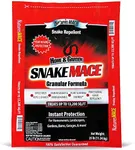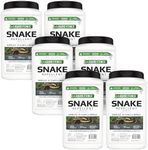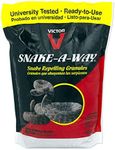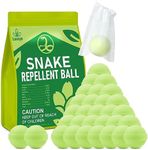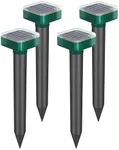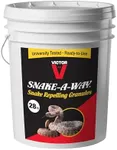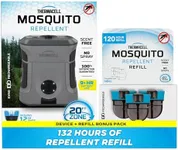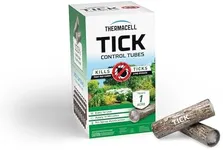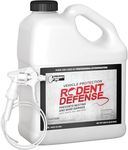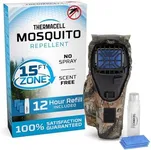Buying Guide for the Best Snake Repellents
Choosing a snake repellent can be challenging due to the variety of options and types on the market. It's important to remember that no snake repellent guarantees 100% effectiveness, so understanding how each type works and aligns with your needs is crucial. The best approach is to consider the environment where you live, the common types of snakes in your area, and your preferences regarding chemicals or natural solutions. Evaluate key specifications to make an educated choice and use repellents as part of a broader strategy that includes good property maintenance.Type (Chemical, Natural, Ultrasonic)The type of snake repellent refers to the primary method it uses to deter snakes. Chemical repellents often use ingredients that create an unpleasant smell or taste for snakes, while natural or botanical repellents use plant-based oils like clove or cinnamon. Ultrasonic repellents emit vibrations or sound waves to keep snakes away. The choice matters because it affects ease of use, safety around people or pets, and environmental impact. If you prefer eco-friendly solutions or have pets and children, natural options might be best, while ultrasonic devices suit those who want minimal ongoing effort. Consider which fits your lifestyle and property setup.
Application MethodApplication method describes how you use or spread the repellent, such as granules, sprays, or electronic devices you plug into the ground. This matters because some areas may be easier to cover with sprays, while large yards may benefit from granules or devices. Sprays are quick to apply but may need reapplication after rain; granules can be spread along specific boundaries; devices are set-and-forget but may require access to power. Choose one that aligns with the size and layout of your property and how much maintenance you're willing to do.
Coverage AreaCoverage area tells you the amount of space a repellent can protect, often measured in square feet or meters. This is important for cost-effectiveness and ensuring safety on your entire property. Repellents with a small coverage area might be suitable for flowerbeds or patios, while larger ones are needed for big yards or gardens. Match the coverage to your space—measure your area beforehand—and remember that overlapping application in high-risk spots can improve results.
Duration of EffectivenessDuration of effectiveness means how long the product works before needing a reapplication or recharge. Some repellents last only days, while others claim weeks or months. Time matters if you want low maintenance or have difficulty reapplying often. Think about your schedule, climate (heavy rain can wash away some repellents), and how often you are willing to reapply when deciding what duration suits you.
Safety (Pets/Children/Environment)Safety covers whether the repellent is toxic or harmful to pets, children, and beneficial wildlife. This is especially important for families, households with outdoor pets, or those concerned with environmental friendliness. Some chemical repellents have warning labels, while natural or ultrasonic types are typically safer. Always check the safety guidelines and pick a repellent that matches your household's needs.
Effectiveness Against Targeted Snake TypesNot all repellents work equally well against every snake species. This specification tells you which types of snakes are reportedly deterred by the product. It matters because climate and local geology influence which snakes are present. Research your local snake varieties and look for repellents that have proven results against those specific types to maximize your chances of success.
